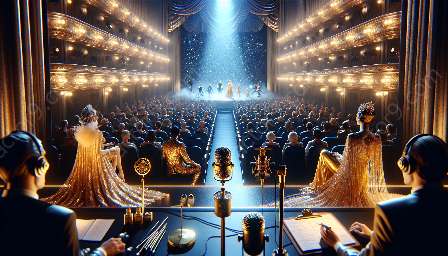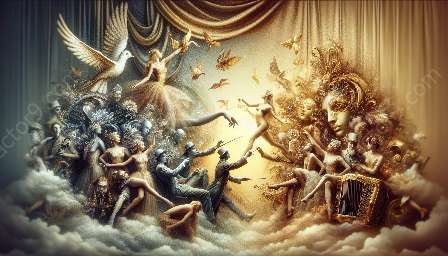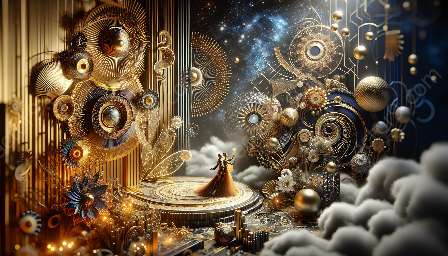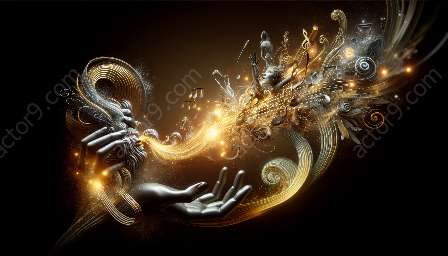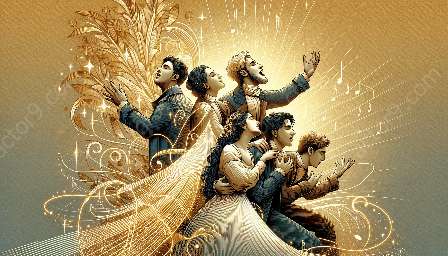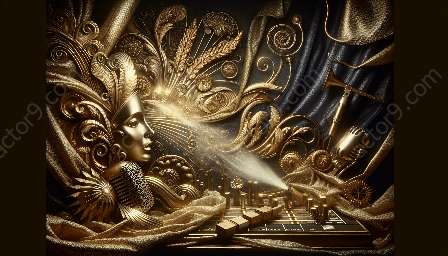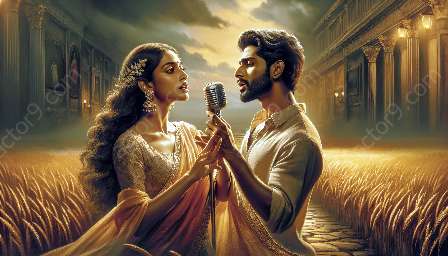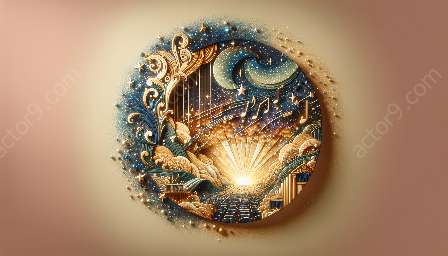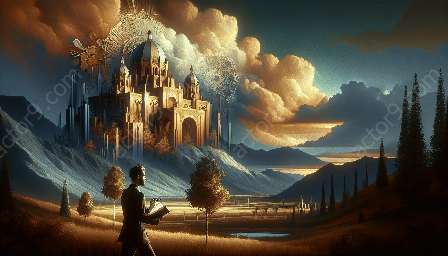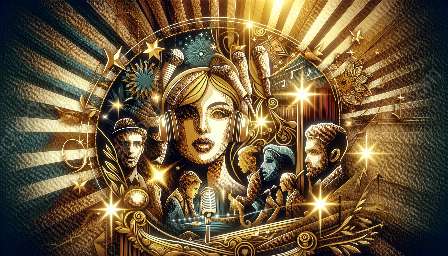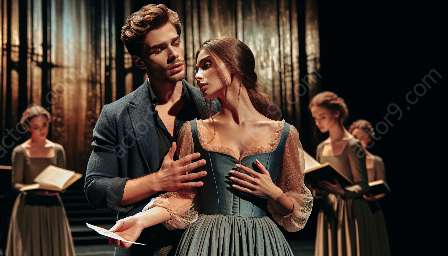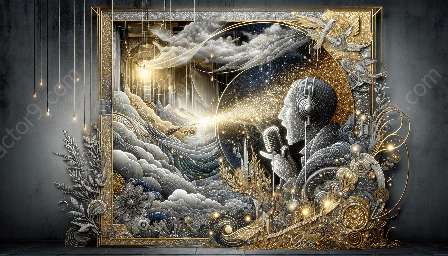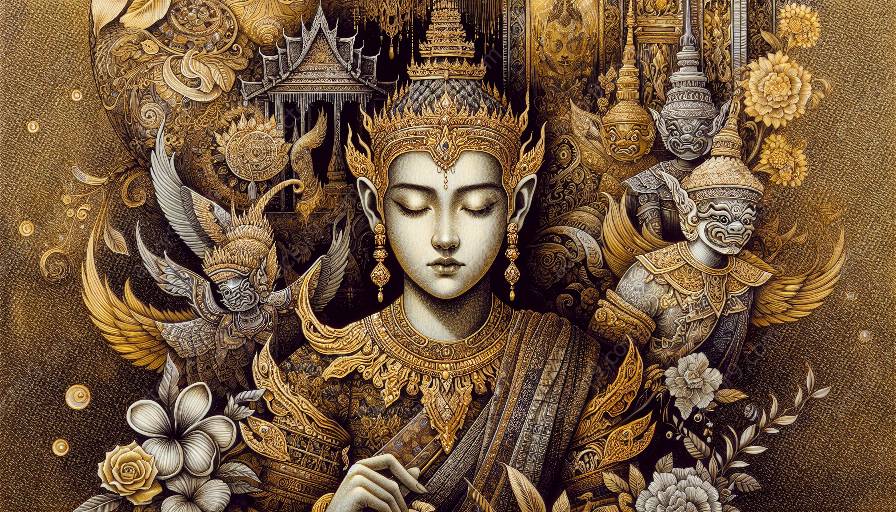Embracing cultural diversity and acknowledging the beauty of various accents is an essential aspect of voice acting. This article delves into the fascinating world of accents and dialects, and the role they play in the realm of voice acting.
The Beauty of Cultural Diversity
Cultural diversity enriches the world, offering a mosaic of traditions, languages, and beliefs. Each culture brings forth unique customs and practices, shaping the way people communicate and express themselves.
Diversity in accents is a reflection of the rich tapestry of the human experience, showcasing the diverse linguistic landscapes across the globe. From the rhythmic lilt of a Caribbean accent to the melodious tones of an Indian accent, each variation adds depth and color to the way we communicate.
Accents and Dialects: A Window into Unique Identities
Accents and dialects are not simply variations of speech; they are windows into the rich tapestries of identity. They can be deeply embedded in cultural history, influenced by geographical, historical, and social factors. Each accent carries with it a story, a journey through time and space, and a connection to a particular community.
Through language, accents, and dialects, individuals can preserve and celebrate their unique cultural heritage, passing it down through generations. Embracing and understanding these variations fosters a greater appreciation for the multifaceted nature of human expression.
Role of Voice Actors
Voice actors play a pivotal role in representing accents and dialects authentically. Their ability to accurately portray the nuances of different accents adds depth and realism to storytelling, bringing characters to life in a vibrant and authentic manner.
Voice actors invest time and effort in studying the intricacies of various accents, ensuring that their performances capture the essence of a character's cultural background and linguistic identity. This dedication to authenticity not only enriches the storytelling experience but also promotes understanding and appreciation of cultural diversity.
The Art of Embracing and Celebrating Diversity
Embracing cultural diversity and celebrating the beauty of accents and dialects is not only vital in voice acting but also in fostering greater understanding and unity among communities worldwide. Each accent reflects a unique story, a distinct history, and a vibrant cultural legacy. By recognizing and cherishing these differences, we embrace the richness of our shared human experience.
In the realm of voice acting, the inclusion of diverse accents and dialects enhances the authenticity and richness of storytelling, offering audiences a more immersive and relatable experience. Through the art of voice acting, cultural diversity finds expression, weaving a tapestry of voices that reflects the world's multifaceted nature.
Conclusion
Cultural diversity and accents are integral elements of the human experience, enriching our lives with a symphony of voices and perspectives. In the realm of voice acting, the portrayal of diverse accents and dialects expands the tapestry of storytelling, offering an authentic and inclusive representation of the human journey.
Celebrating cultural diversity through voice acting is not only an artistic endeavor but also a testament to the universal language of human emotion and experience. Each accent, with its unique cadence and intonation, adds depth, character, and authenticity to the stories we tell, binding us together in the celebration of our shared diversity.









